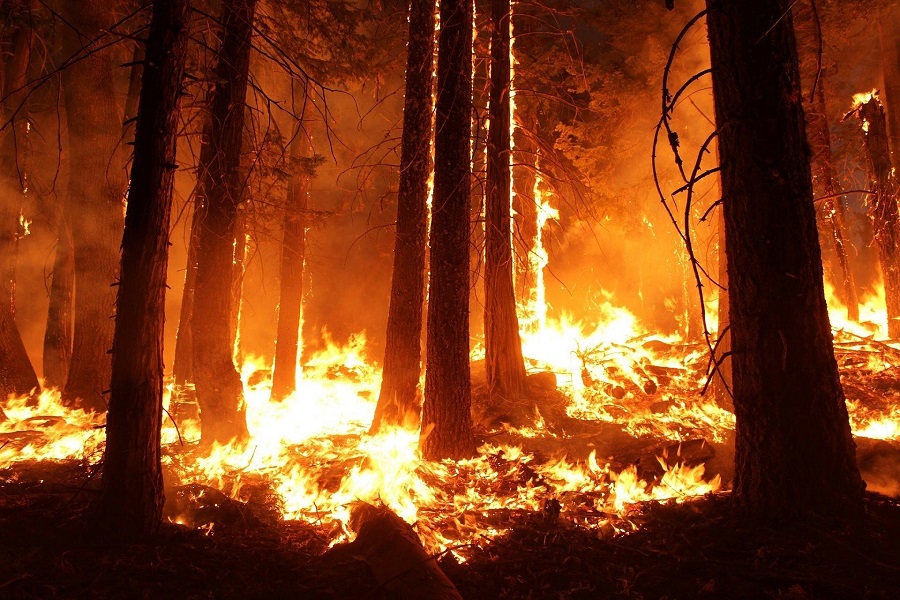11 Dec 2024

Tired Earth
By The Editorial Board

The fast-moving fire that ripped through Maui's historic town of Lahaina killed more than 90 people, making it the deadliest U.S. wildfire in more than a century. The cause of the blaze is still under investigation, but power equipment in the area is coming under increasing scrutiny.
Across the nation, wildfires are growing in intensity and frequency as climate change sparks prolonged droughts. The initial cause can vary—a spark from downed electric lines, a lightning strike or a cigarette butt tossed out a car window—but the result is the same: Once vegetation dries out, it can easily ignite.
Here's a look at recent major U.S. wildfires.
Camp Fire
In November 2018, flames leveled the California town of Paradise, killing more than 80 people and destroying more than 18,000 structures. It was the state's deadliest and most-destructive fire, according to the California Department of Forestry and Fire Protection, known as Cal Fire.
The fire was blamed on power lines operated by the state's largest utility, PG&E Corp. The company eventually filed for bankruptcy in 2019, facing $30 billion in liabilities from several devastating wildfires, and in 2020 it pleaded guilty to more than 80 counts of involuntary manslaughter for its role in starting the Camp Fire blaze.
August Complex Fire
The August Complex fire, the biggest ever in California, blazed for nearly three months in late 2020 and destroyed more than 1 million acres before it was fully corralled. The blazes were ignited by lightning, according to the U.S. Forest Service.
The fire raged through Mendocino, Humboldt, Trinity, Glenn, Lake and Colusa counties, becoming the second-largest fire in U.S. history, according to the Western Fire Chiefs Association.
Marshall Fire
More than 1,000 homes burned near Boulder, Colorado, just a few days after Christmas in 2021 after extremely strong winds quickly spread flames in the drought-parched land. It was the most destructive fire in the state's history.
A sheriff's report found that two blazes—the first of which spread from scrap wood and tree branches set on fire at a home, while the most likely cause for the second was hot particles from a power line—eventually merged to scorch about 6,000 acres.
Xcel Energy Inc. has said that it strongly disagrees with any suggestion that its power lines caused the second ignition, calling the report's analyses "flawed" and conclusions "incorrect."
Hermits Peak and Calf Canyon
The Hermits Peak and Calf Canyon blaze scorched more than 340,000 acres in New Mexico during the late spring and early summer of 2022. The wildfire was the largest in the state's history and was caused by smoldering debris left over from a controlled burn in January, forest service officials said.
Randy Moore, the chief of the U.S. Forest Service, apologized for his agency's role in accidentally triggering the flames, saying that the events leading to the fire were "nearly unheard of until recently in the century-plus of experience the Forest Service has in working on these landscapes."
"Climate change is leading to conditions on the ground we have never encountered," Moore said last year.
Source : phys.org
Comment